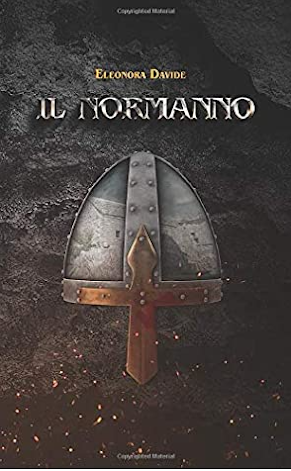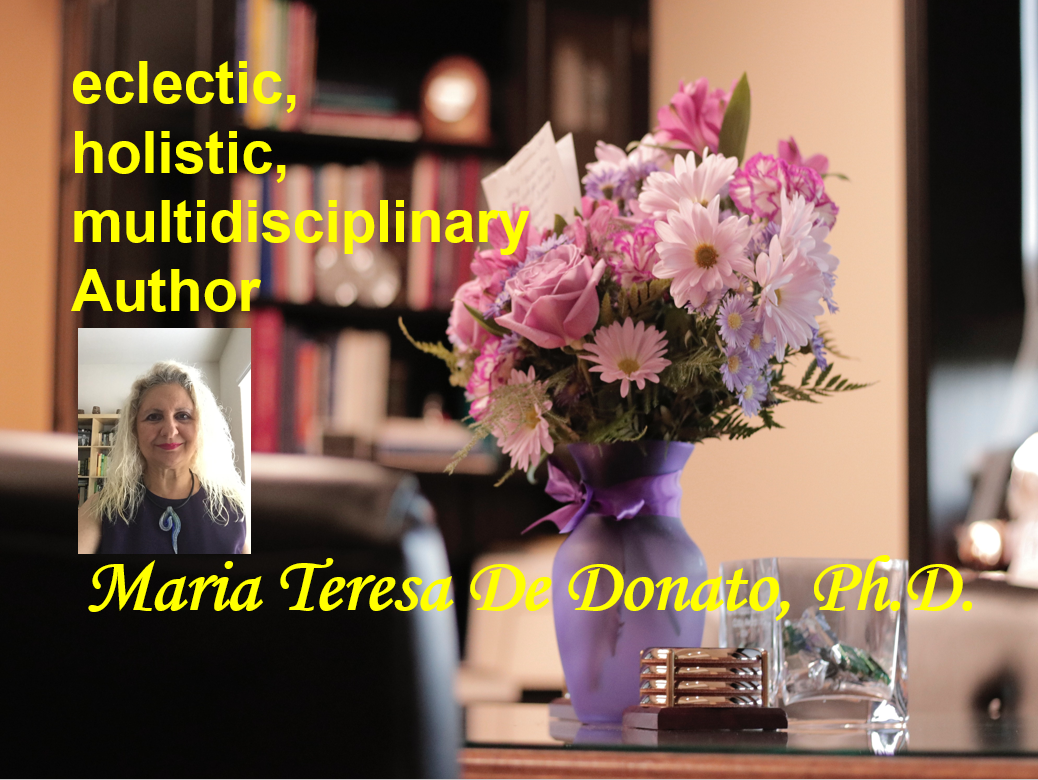
Authored by Eleonora Davide this novel is exciting and captivating. Though a fictional literary work, it is inspired by some real events concerning the history of Irpinia, a land disputed and divided between Normans and Lombards.
With a wealth of details and a simple, straight to the point, and yet equally engaging language, Eleonora leads the reader into the reality of the Middle Ages, an era full of plots and intrigues, but extremely fascinating and, in some respects, shrouded in mystery.
Powerful lords who dominate entire fiefdoms and own everything that can be found in them – thus including woods, crops, streams, houses, farmers, artisans, men, women, old people, children and animals – compete for vast territories and the exercise of power over them, by seeking support from other feudal lords and the papacy or opting for a peaceful way, that is, by negotiating and entering into written agreements or arranged marriages in the hope that these will bring peace and serenity to the lands they govern.
A hard life is, therefore, that led by the inhabitants of the fief – whether they are lords or serfs – which forges them, however, and makes them strong, making many of them live “in a resignation handed down rather than understood …” even if present, and sometimes also dominant, is the deep sense of friendship, love, loyalty, honesty, honor in a society where roles are well defined. Love, even the one that leads to a Pindaric flight and manages to throw the most powerful lord and feared warrior into a whirlwind of emotions and sensations, is present as well as a marked sensuality: a sensuality made of tender as well as passionate looks, of touches, even of lips, just hinted at, of cheeks that blush and eyes that lower, of words not spoken and yet understood …
Monks and friars whom the lords rely on for advice on choices that will have profound consequences not only on their own lives, but also and above all on that of their subjects also play an important role as they represent wisdom, calmness, farsightedness.
Everyone’s existence takes place in a time of ongoing, ever-lurking danger and in an atmosphere in which Christian religion and paganism of the ancestors – Nordics, but also Greeks – merge into an apparently harmonious whole. God the Creator and Jesus Christ, Lord and Savior, are opposed to and often accompanied by magic and esoteric rituals: those aimed at the worship of Odin, the main Nordic deity, representing wisdom, sacrality, poetic inspiration, prophecy, war and victory, but also those who aim to appease the dreaded divinities of woods and waters the land of the Samnites has always abounded of, all enriched by religious traditions that have their roots in ancient Greece and which are represented by dances accompanied by tambourines and the sound of various musical instruments, as well as by that of castanets that often resulted in orgiastic rites. Detailed descriptions of culinary recipes, preparations of parties and shows, wild boar hunting scenes, use of medical herbs for healing the sick, fighting techniques with respective armor and clothes worn by women enrich this novel and immerse the reader in the enchanting and intriguing medieval society and in the reality of the manor, as well as in that of the village and its surrounding countryside.
An aspect that I found particularly fascinating is represented by the constant sense of what I would call a ‘veiled sacredness’: the ability of the novel’s protagonists to pay attention to what is happening around them and attribute to each element the meaning of a symbolic sign, of key to access a deep understanding and consequent illumination sent by God – by Life, by the Universe or however we wish to define It – and which represents a clear indication of the path to take, of the right choice to make. Everything is reinforced by a sense of total osmosis with nature and by an esoteric language that has always existed, but that escapes the modern, highly industrialized, and technological man who, unfortunately and too often, is no longer able to recognize it, let alone to decipher it.
If you love history, especially Medieval, Norman and Lombard ones, this is a must-read novel: full of details and beautiful and interesting characters whose lives by separating from, intertwining with, and reuniting to each other fascinate the reader.

